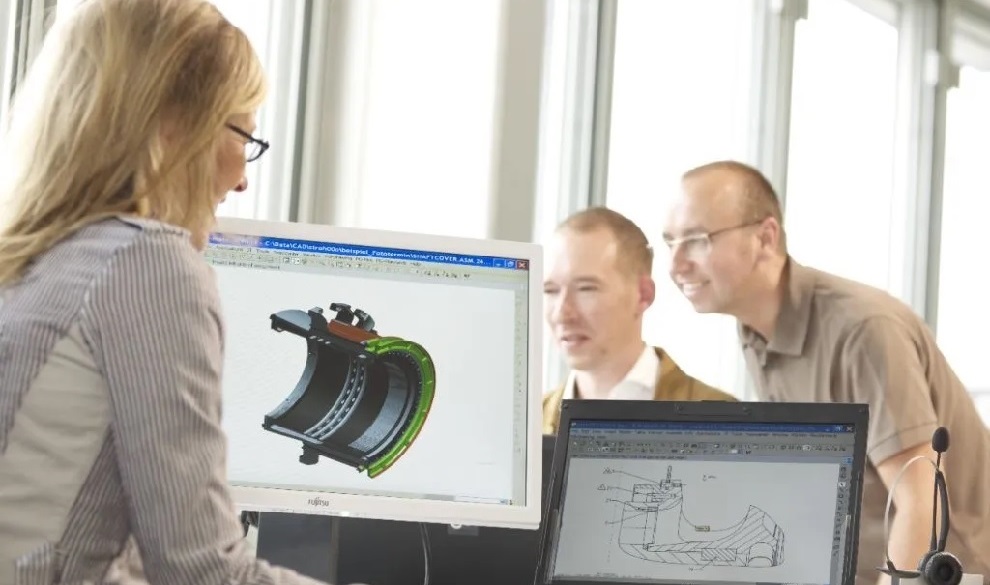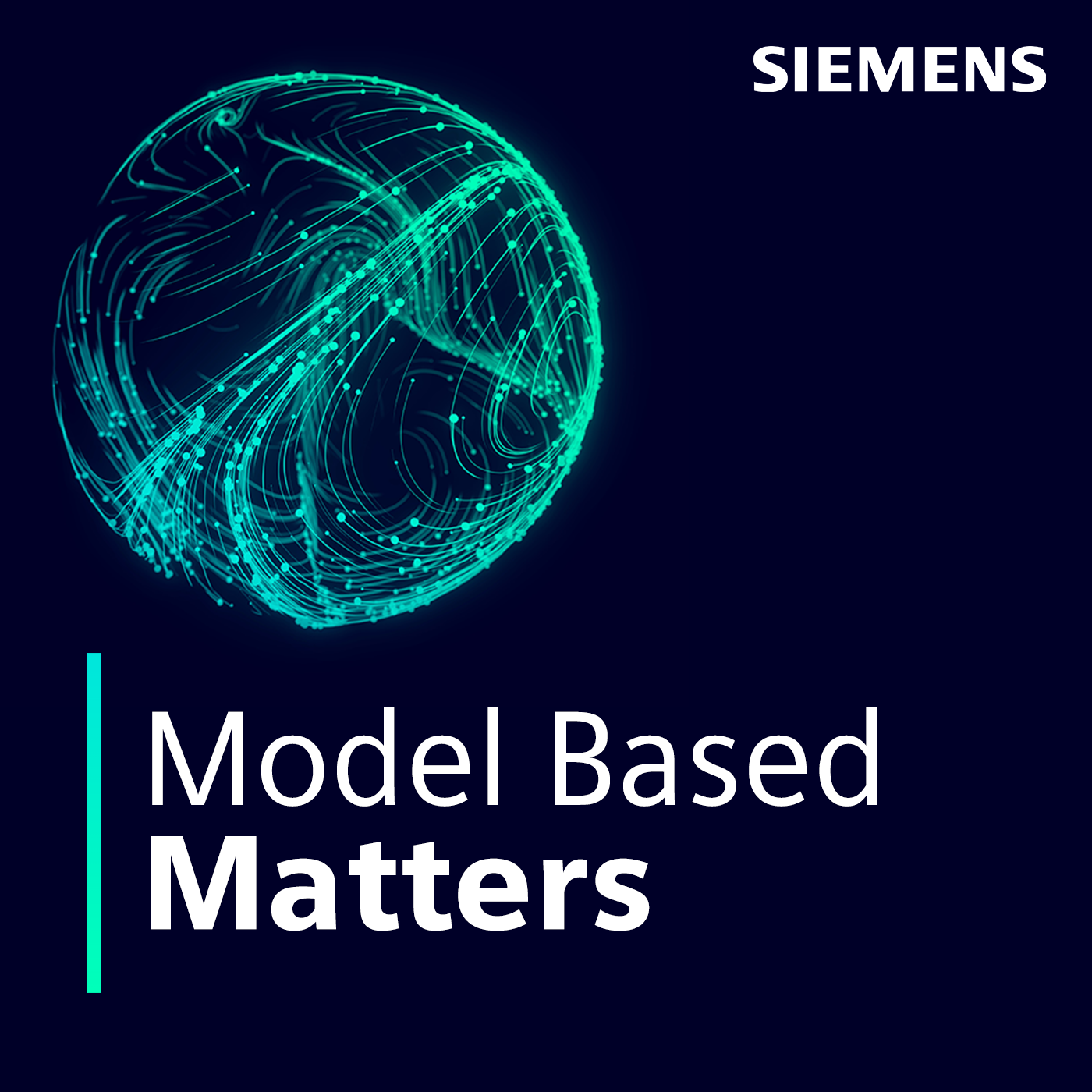The application of Model-Based Systems Engineering – SysML provides an MBSE component for verification and mass adoption – ep. 11

In the last episode, we discussed the tools that an engineer or system architects might use in their day-to-day operations, which is very familiar to MBSE for changes in the industry. Thus, SysML is one of the components of that methodology.
Nicholas Finberg of Siemens Global Marketing, and Tim Kinman, Vice President of Trending Solutions and Global Program Lead for Systems Digitalization at Siemens Digital Industries Software, discuss what is driving the adoption of MBSE.
In the past, UML allowed modeling software elements to reuse functions from a software definition; however, it only met some of the needs of the broader system. Therefore, UML extensions were created as additional profiles, represented through SysML. However, this needs to be more comprehensive, so extensions made in the field, the tools, and even beyond the tools require the customers to extend SysML, leading to proprietary. Subsequently, exchanging information was very difficult.
Consequently, OMG, as a standards group, came forward with an updated definition called SysML V2. Rather than being an outgrowth of UML, it is a fresh perspective that said, “What are the needs of systems engineering? How do we get a graphical representation and a textual representation that can be parsed, machine-readable, and has a textual semantic that guarantees that I can exchange across the toolchain without losing any level of detail.” The value of what we see in SysML V2 is that it can become interoperability and an authoring language.
What You’ll Learn in this Episode:
- How SysML is one of the components of Model-Based Systems Engineering
- The value of what we see in SysML V2 is becoming interoperability and an authoring language.
- The automation and machine readability for sustainability solutions and parsing of understanding is critical to getting more than data scientists onto the solution path.
- The concept of early verification involves taking the prior product’s digital twin and identifying innovation points related to new requirements.
- A multifaceted mass adoption of MBSE.

Tim Kinman
Vice President, Trending Solutions Consulting & Global Program Lead for Systems Digitalization

Siemens Digital Industries Software is driving transformation to enable a digital enterprise where engineering, manufacturing and electronics design meet tomorrow.
Xcelerator, the comprehensive and integrated portfolio of software and services from Siemens Digital Industries Software, helps companies of all sizes create and leverage a comprehensive digital twin that provides organizations with new insights, opportunities and levels of automation to drive innovation.
For more information on Siemens Digital Industries Software products and services, visit siemens.com/software or follow us on LinkedIn, Twitter, Facebook and Instagram. Siemens Digital Industries Software – Where today meets tomorrow

Model Based Matters
Models are everywhere in modern development, from the early concepts of your next product to it’s refinement over generations. Model Based Matters is where we cover every facet of Model-based Systems Engineering (MBSE) to help harness the complexity of your next project.